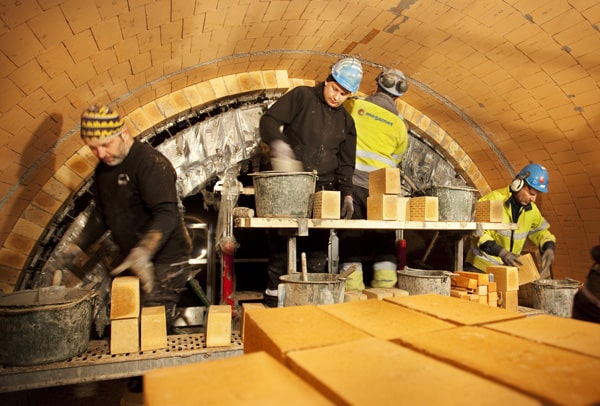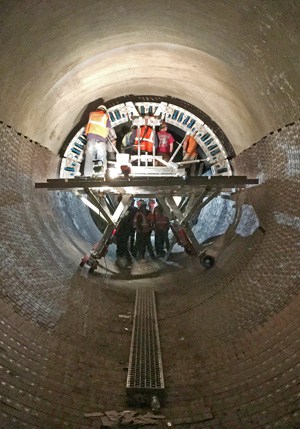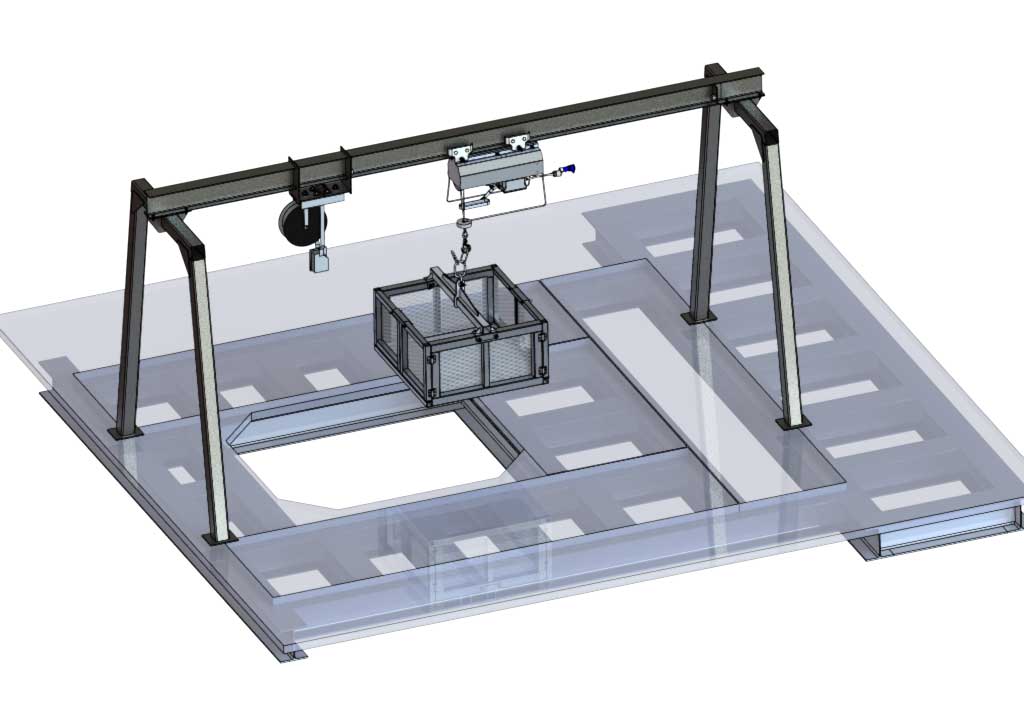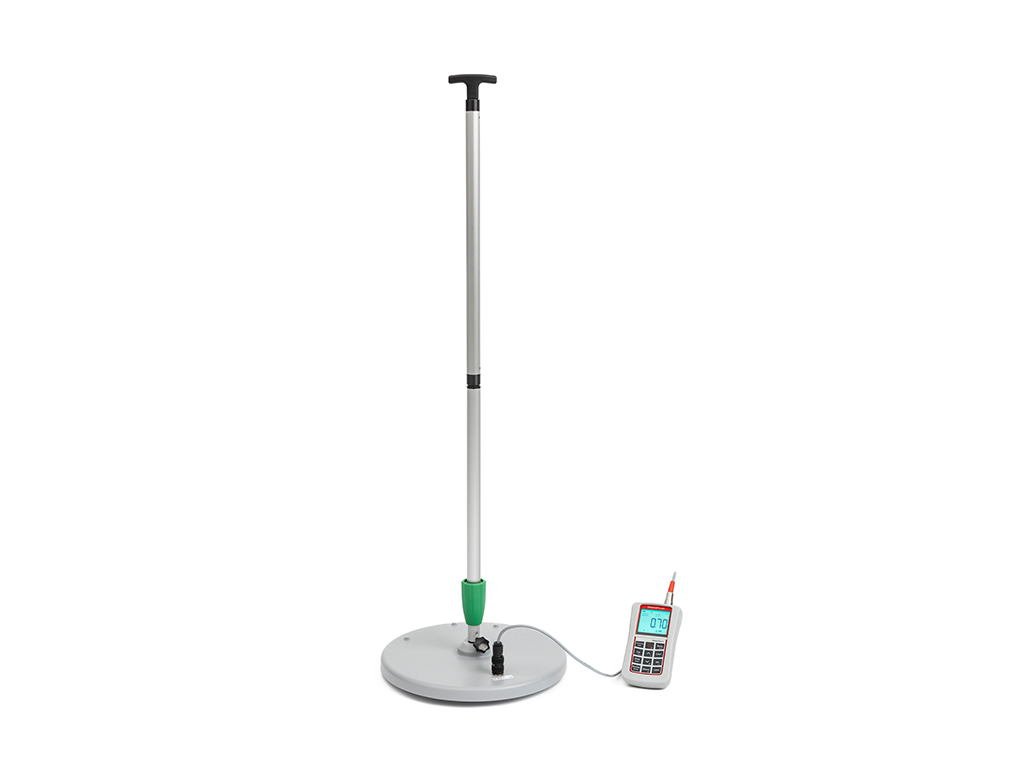Any mason will tell you, the key to effective refractory lining lies in quality brick installation. By minimizing air gaps and interlocking rings or loose bricks, the life of kiln lining is extended, and unscheduled or emergency maintenance can be drastically reduced, saving plants tens of thousands of dollars annually. To achieve high-quality installation as efficiently as possible, more and more refractory contractors are using bricking machines. These machines offer a variety of productivity- and safety-enhancing features over traditional methods.
Quality Installation
Refractory issues, such as spiraling and twisting, account for as much as 50% of unscheduled outages and are almost always tied to the installation approach.
Refractory issues, such as spiraling and twisting, account for as much as 50% of unscheduled outages and are almost always tied to the installation approach.
Many older, traditional installation methods have inherent design issues that limit the possibility of achieving a quality product. These methods require kiln rotation, making it difficult to maintain radial alignment of the brickwork, a critical factor for a stable brick lining. Improperly aligned brickwork can’t uniformly absorb the pressure from vertical refractory, leading to premature failure. Rotating the kiln also leaves a large amount of unkeyed brick positioned straight up while the keying section is at the kiln’s springline. And, even if the keying is perfect, gravity will cause the unkeyed brickwork to sag, increasing the potential for catastrophic brick ring collapse. This is not only time intensive and costly to rectify, it’s also a major safety concern. In addition, traditional installation methods run a high risk of rings interlocking with adjacent rings — resulting in a domino effect of failing brick rings — and air gaps left between the brickwork and shell.
A bricking machine’s arches hold each brick firmly against the kiln shell until the key brick is installed, ensuring a tight fit and eliminating the risk of sagging. A hydraulic jack holds the unkeyed ring when moving the machine’s arch system and provides ample outward pressure in the keying section for tight keying. Pneumatic cylinders are not released until the keying is complete, ensuring proper compressive forces. The master valve retracts or extends all cylinders simultaneously, allowing the arch to advance to the next row. This quality installation can extend the life of the kiln lining by as much as 25%.
Unique design features, such as cut-away sections, further increase efficiency and productivity. The cut-away section in the front arch provides both ease-of-installation and visibility. It allows key masons an unobstructed area to place the key bricks. Alternate bricking machine designs don’t include an opening in the arch, requiring installers to try to find ways to reach around the arch, reducing speed of installation and — potentially — quality. The cut-away section also allows key masons to see the previously keyed ring and use it as a guideline, enabling discovery of bricking errors sooner when all pneumatic cylinders are released to check for sagging.
Fast Set-Up
In addition to improved quality, bricking machines can significantly speed up the refractory installation process, saving thousands in labor with just a single use.
The time savings begins with machine setup. A bricking machine constructed of strong, lightweight, modular aluminum can be installed in just 60 to 90 minutes with an experienced crew. Alternative bricking machines made up of mostly steel components can take 6 to 8 hours, resulting in a full shift of lost revenue in setup alone.
A bricking machine constructed of strong, lightweight, modular aluminum can be installed in just 60 to 90 minutes with an experienced crew.
Once installed, the bricking machine offers a mobile working platform capable of supporting as many as three pallets of bricks. Pneumatic cylinders on the arch raise the bricks into place against the kiln shell. The arch is supported by a cart and a rail system, allowing movement along the length of the platform scaffold. Newer bricking machines incorporate double arches, allowing masons to install a second ring of brick while the first is being keyed, further accelerating installation.
Increased Worker Safety
No analysis of the bricking installation would be complete without a review of safety. While safety might not make a plant money, it can certainly save money when it comes to lost work, employee claims and rising insurance costs. Because bricking machines let the pneumatic cylinders do the work rather than the bricking team, employees are less likely to become fatigued, a critical factor in major accidents. In addition, the elimination of the manual labor reduces the likelihood of repetitive stress injuries.
Safe and happy employees translate into a more stable labor pool and a stronger bottom line.
Improved brickwork quality, faster installation and enhanced safety together offer the greatest impact on ROI.
Interested in learning how a bricking machine can improve the efficiency of your operation? Contact Bricking Solutions today at 1-360-794-1277 or info@brickingsolutions.com.

















